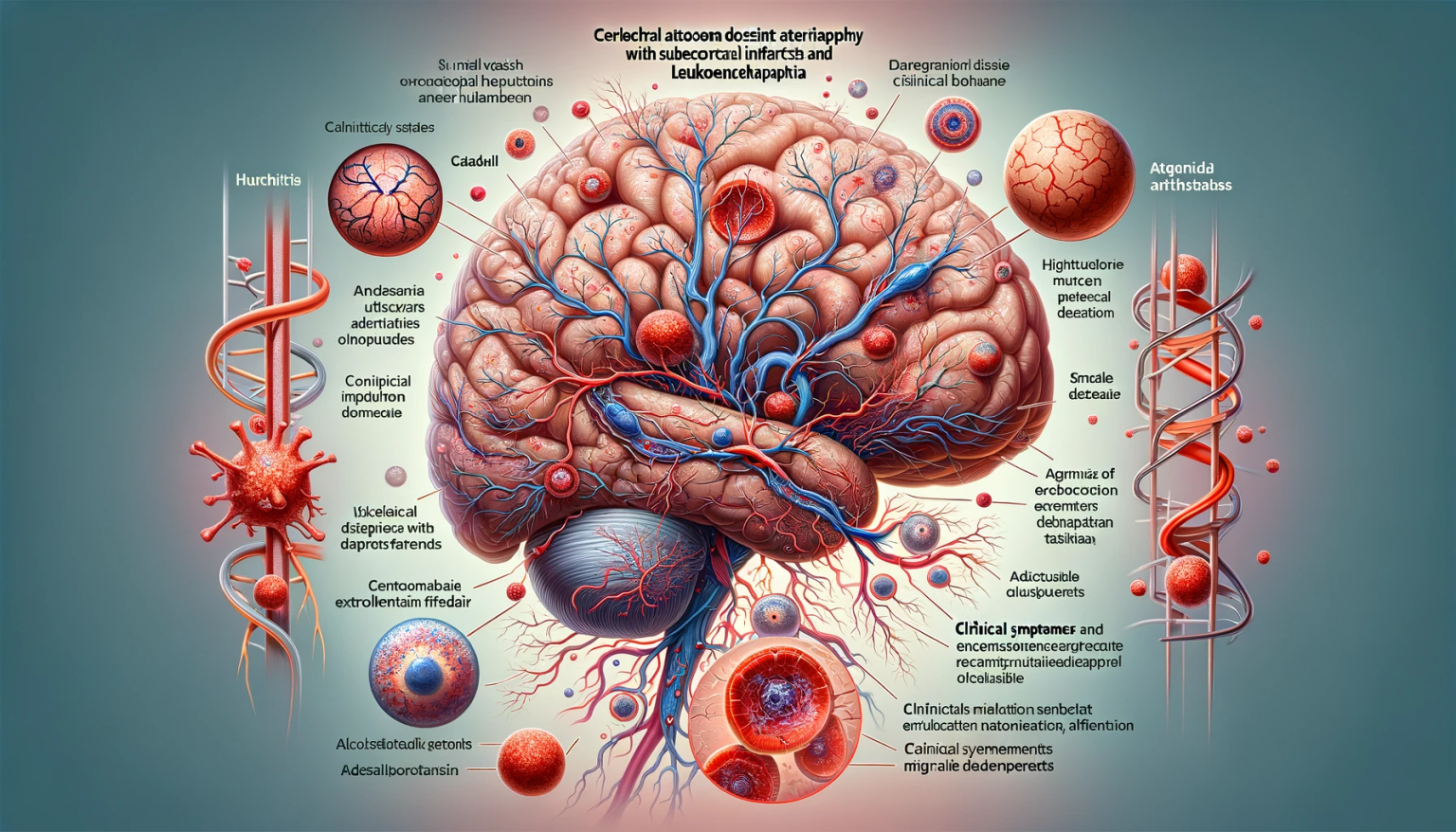 Introduction
Introduction
Kufs Disease, a phenotype of Neuronal Ceroid Lipofuscinosis (NCL), presents as an autosomal recessive neurodegenerative disorder, predominantly afflicting adults. It is characterized by intracellular accumulation of lipofuscin, leading to progressive neuronal dysfunction and degeneration. Clinical manifestations encompass a spectrum of neurological impairments, including cognitive decline, motor abnormalities, and seizures. Despite its classification within the NCL group, Kufs Disease exhibits distinct pathophysiological features, delineating it from pediatric forms. Current research aims to unravel the molecular underpinnings and therapeutic targets of this debilitating ailment.
Pathophysiology
Kufs Disease pathogenesis is intricately linked to mutations in the CLN6 or PPT1 genes, although cases without these genetic alterations have been reported, suggesting a heterogeneous genetic basis. These mutations disrupt the lysosomal function, culminating in the aberrant accumulation of lipofuscin within neuronal cells. The progressive neuronal damage predominantly affects the cerebral cortex and cerebellum, manifesting in ataxia, myoclonus, and cognitive deterioration. Recent studies have highlighted the role of lysosomal dysfunction in disease progression, offering novel insights into potential therapeutic avenues.
Clinical Presentation
Patients with Kufs Disease typically present in adulthood, with symptom onset ranging from the third to fifth decades of life. The clinical course is marked by a gradual progression of neuropsychiatric symptoms, motor disturbances, and cognitive impairment. Common manifestations include ataxia, myoclonic epilepsy, and dementia, often leading to significant disability. Differential diagnosis is challenging, necessitating a comprehensive clinical, genetic, and neuroimaging assessment to distinguish Kufs Disease from other neurodegenerative disorders.
Diagnostic Approach
The diagnosis of Kufs Disease is predominantly clinical, supported by genetic testing and characteristic neuroimaging findings. MRI scans often reveal cerebral and cerebellar atrophy, while EEG may demonstrate generalized or focal epileptiform abnormalities. Definitive diagnosis requires the identification of pathogenic mutations in the CLN6 or PPT1 genes, although this is not always possible. Histopathological examination of brain tissue, though rarely performed, reveals the classic accumulation of autofluorescent lipofuscin granules.
Management and Prognosis
Currently, there is no curative treatment for Kufs Disease. Management focuses on symptomatic relief and supportive care. Antiepileptic drugs are employed to control seizures, while physical therapy aids in managing motor symptoms. Neuropsychiatric manifestations are addressed with appropriate psychotropic medications. The prognosis of Kufs Disease varies, with most patients experiencing progressive decline leading to significant disability. Research into disease pathogenesis and potential therapeutic targets is ongoing, offering hope for future interventions.







